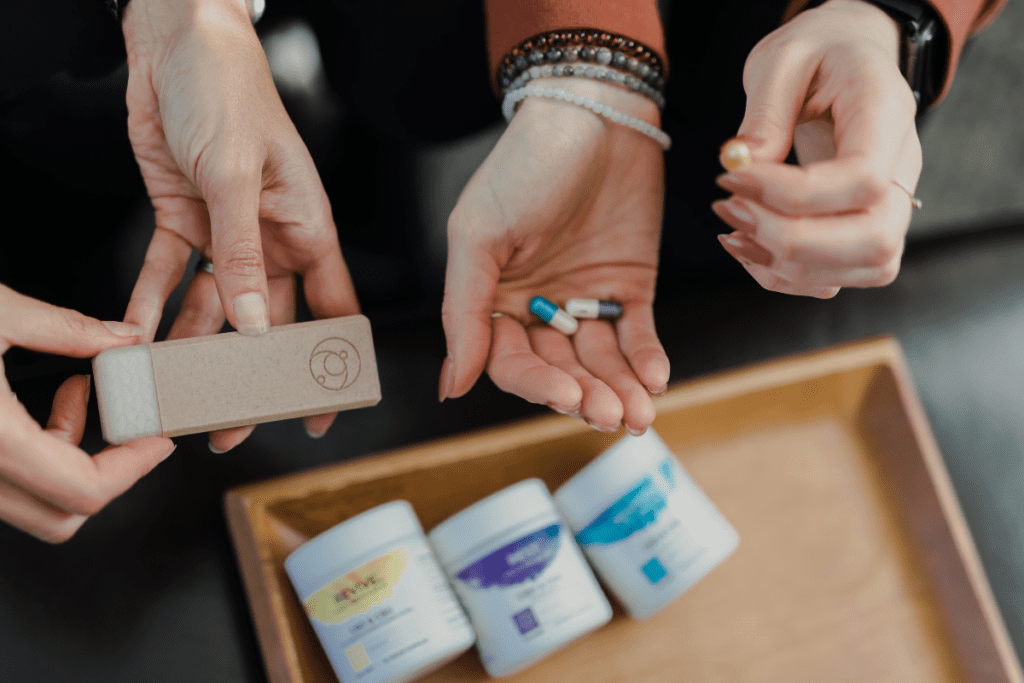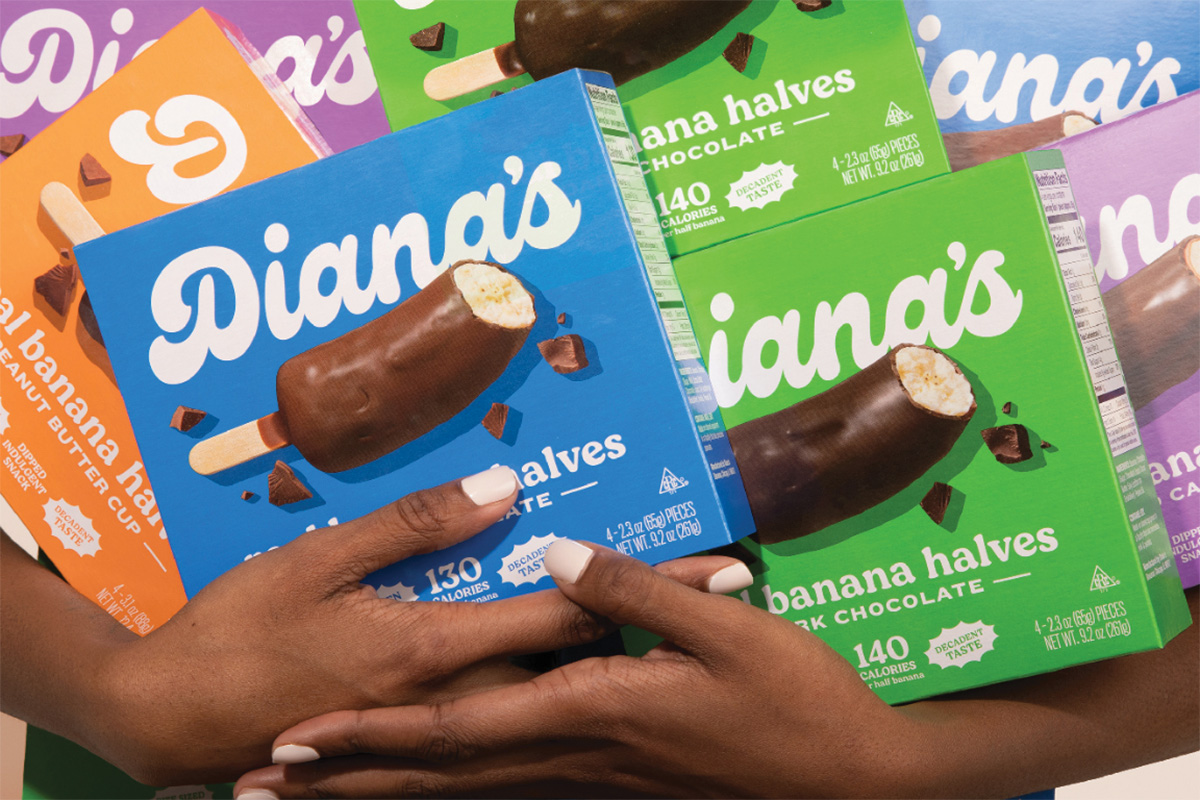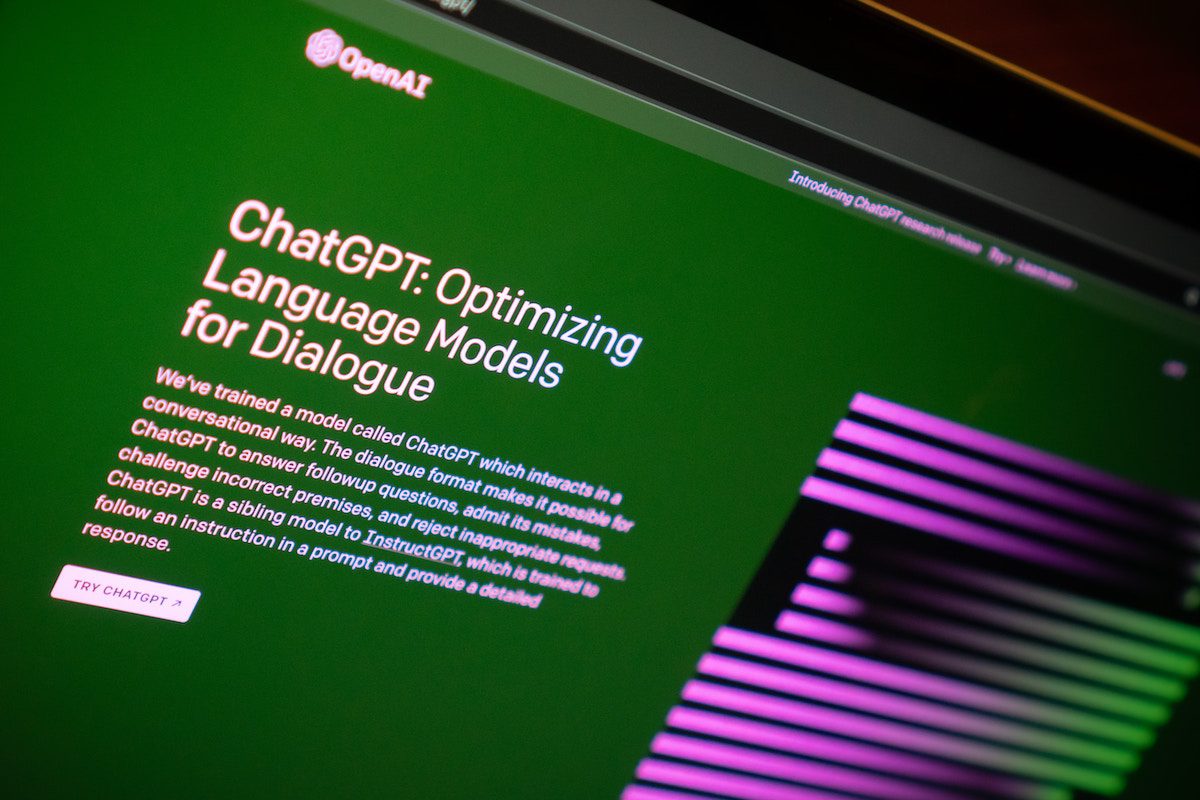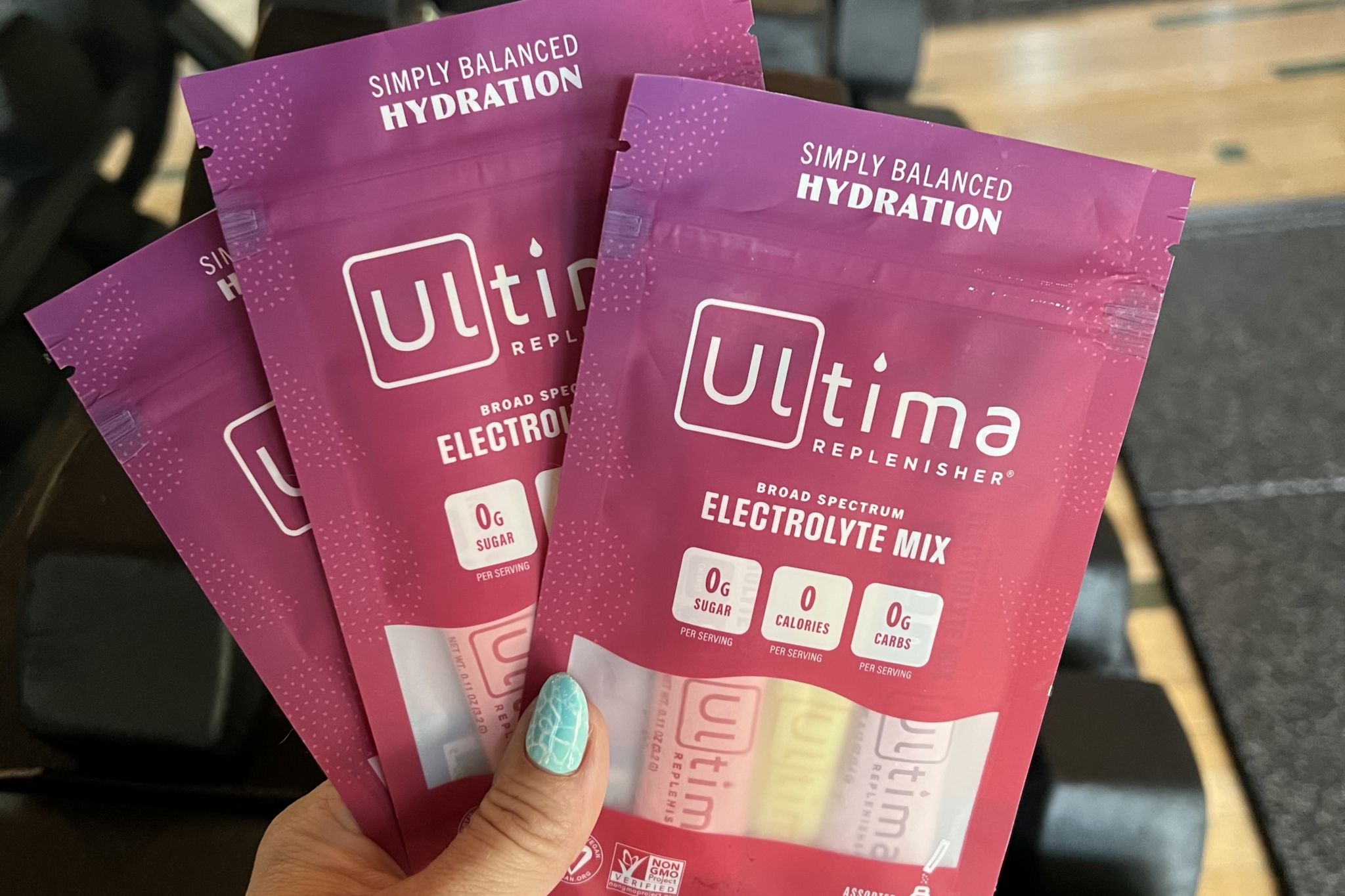What is the Endocannabinoid System and How Do Scientists Believe CBD Works With it?
I’ve enjoyed coffee long enough to know exactly how long it takes for a caffeine headache to set in (36 hours, by the way) and the sound I make when I finish the first sip of my favorite kind of coffee in the morning (a pot of french press, preferably made with freshly ground Seismic Roast by Metric). That noise is approximately, “p-t-t-t-tu-ahhhhhh.”
But until I read the book Why We Sleep: Unlocking the Power of Sleep and Dreams, I did not understand how caffeine actually works. How does it work, you ask? In your brain, a substance called adenosine is created throughout the day, which helps signal to your nervous system that it should recover, slow down and sleep. There are specific receptors for this substance on your nerves – consider adenosine a round peg and the receptors a round hole. Caffeine – an outside substance – is able to bind to the same receptors as adenosine – so for this thought experiment, it’s a round peg too. The effect of caffeine, though, is quite different from adenosine: instead of slowing your nerves and cells down and helping them to relax, it sends the opposite message: “speed up! Don’t you dare relax!” More on that from How Stuff Works. And while caffeine is in your system, it blocks the uptake of adenosine, until most of the caffeine you’ve consumed is cleared out of your body.
That means it keeps you awake, until it wears off – at which point a flood of adenosine is able to access your receptors. Welcome to a caffeine crash.
Caffeine is a naturally occurring chemical that we put into our body that has an impact on a system that already exists within our body – the rest and recovery signals sent by adenosine.
We’re going to come back to this later.

What is the endocannabinoid system?
CBD, THC, CBG, CBN and the other three-letter compounds found in the cannabis plant act on a system that’s within our body. That system is named the endocannabinoid system – doing a little Latin root word work here, that roughly means the cannabinoid system within.
The basics of the endocannabinoid system according to Harvard Health are pretty simple: “all of us have tiny cannabis-like molecules floating around in our brains.” Those little cannabis-like molecules have a job, to send a signal to systems in our body to return our bodies to homeostasis, according to Healthline.
I said that sentence – the endocannabinoid system helps with the body’s homeostasis – to Vassili Kotlov, founder and president at Impact Naturals, as I interviewed him to gain a deeper understanding of the system. Feeling momentarily triumphant in my pre-interview research, he countered with, “What is homeostasis?”
I started to try to answer as a reformed know-it-all, and turned the question back to him when I realized that I did not, in fact, know the answer. “Our body uses the endocannabinoid system to repair after a trauma,” he said, explaining that it plays a role in recovering from physical trauma like inflammation or injury or nervous trauma like stress, anxiety and fight/flight/freeze.
How does the endocannabinoid system work?
There are receptors in the brain and in the tissues of the body that receive the signals from the endocannabinoids. Those things are happening in the body regardless of the presence of THC, CBD and their other friends.
So when trauma happens in the tissues of the body – like the intestines or other organs associated with immunity – the endocannabinoid system sends a signal using the tiny little cannabis-like particles in the body to something called the CB-2 receptors to help recover. When trauma happens in the nervous system – like stress or anxiety – the endocannabinoid system sends a signal using the tiny little cannabis-like particles in the body to CB-1 receptors to help return you to a normal state. Harvard Health has an incredible graphic that helped me understand this.
If you took nothing else from that paragraph, remember this: trauma signals endocannabinoids to be sent to the corresponding receptors to help return your body and brain to a pre-trauma state.
When all of that is done, the excess endocannabinoids that our body creates in response to trauma are eliminated by a lot of science – Fatty acid amide hydrolase (FAAH) and Monoacyl glycerol (MAG) lipase – breakdown of 2-AG. Consider these guys – FAAH and MAG- the clean-up crew, they’ll be important later. Dress them up as janitors in your brain if you’d like.
This is a vast oversimplification, dear reader, but trust me, anything more would require serial-killer-level charts and graphs.
What do THC, CBD and other cannabinoids have to do with the endocannabinoid system?
This is where our caffeine knowledge will come back to help us. The way that we’ve come to understand how THC, CBD and CBG interact with the endocannabinoid system is the way that they either interact with the receptors or slow down the process of removing excess endocannabinoids.
Let’s start with the compound THC – the one responsible for a litany of things like stimulating appetite, controlling pain, and the psychoactive effects of feeling stoned. THC mimics the endocannabinoids, Kotlov says. So think of it as being able to plug into the receptors in the endocannabinoid system – brain and immunity, which explains why it’s known for brain and body effects. THC fits with both CB1 and CB2 receptors.
So the way that caffeine interacts with adenosine receptors is similar to how THC interacts with CB1 and CB2 receptors. It binds to them, but delivers different effects.
What about CBD and its siblings like CBG? CBD and CBG do something totally different in the endocannabinoid system: they play the role of assistant to the endocannabinoids your body is already making. How? They run defense on our janitor, FAAH, slowing it down so your body is able to use the endocannabinoid compounds that help it to return to homeostasis longer.
So CBD and CBG help you keep your natural endocannabinoids working, which is helpful if you’re experiencing things like chronic pain or stress.

Why is the endocannabinoid system being studied and talked about today?
As I soaked in the fact that we all have cannabis-like substances floating around in our brains – and we can boost those things with the cannabis plant – my question was “What took us so long to talk about this?”
According to Kotlov, “It was totally by accident that we discovered the effects of this plant thousands of years ago.” And, moreover, human studies on the impact of CBD and other cannabinoids on the body are newer, so we’re just starting to uncover what this plant does to the endocannabinoid system and the myriad of benefits.
“Research started in the mid 1960s and was always slowed by the stigma of being related to drug use,” Kotlov explained, and he continued on to say that the stigma made it extremely challenging to get funding to continue research, which led to a delay in even identifying key elements of the endocannabinoid system like the CB-1 receptor until 1988.
If there was a war on drugs, it’s kind of hard to get funding to humanize “the enemy” of that war.
A major breakthrough came with the launch of a product in 2018 called Epidiolex – for the treatment of epilepsy in children, he told me. That research was self-funded by the researchers who inevitably brought that FDA-approved CBD drug to market.
Again, oversimplified.
Is there more to learn on the endocannabinoid system?
Lol, yes.
I spoke to Kotlov and Chief Medical Officer Dr. James Lowder for more than an hour, working my way through what I knew about the endocannabinoid system and what was new to me. And we could have talked much, much longer. That’s because every turn we took, every term they defined, every follow-up question I asked brought us to another nugget of information about this system that all humans have coursing through them.
Impact Naturals recently took home the award for the best innovation in the CBD space from Expo West, and it’s the years of research that company spent on the specific CBD/CBG products they’ve created that helped them nab that coveted award. Previous to creating the product lines you see from Impact Naturals that Kotlov and Dr. Lowder spent decades – like multiple decades – in pharmaceutical research and product development in oncology and hematology.
And for Dr. Lowder, his excitement in taking a pharmaceutical approach to this burgeoning industry is palpable. He’s excited to make everyday living easier for regular people and also sees the potential to use cannabinoids in conjunction with other drugs for pain, anxiety and more.
But for everyone at Impact Naturals, there’s a shared excitement around bringing a scientific approach to how we dose, consume and understand the stuff we get from nature.
We’ll be sharing more in the coming weeks.












